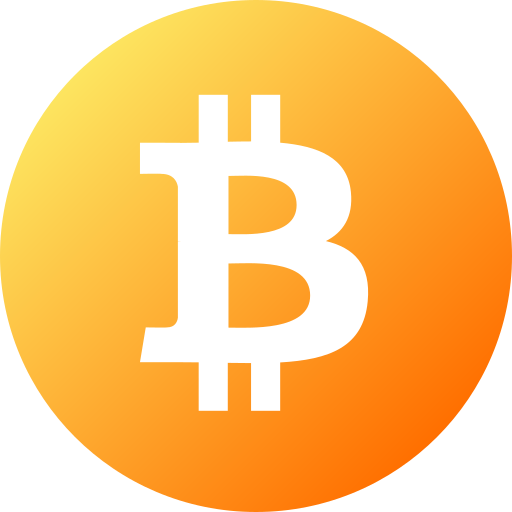

A bunch of builders inside the Ethereum ecosystem, working independently of the Ethereum Foundation, have introduced Ethereum R1 — a layer-2 (L2) scaling resolution for the Ethereum community that doesn’t embody a local token.
According to the announcement, the undertaking depends solely on donations, doesn’t have enterprise funding, and doesn’t have any pre-mined token allocations or a governance token. The undertaking’s workforce wrote in a May 1 X post:
“General-purpose L2s should be commodities — simple, replaceable, and free from centralized dependencies or risky governance. Ethereum R1 is our answer to that call — the rollup grounded in credible neutrality, decentralization, and censorship resistance.”
“Most L2s today are acting more like new L1s than an Ethereum scaling solution — private allocations, opaque governance, and centralized control,” the builders continued.
The announcement factors to rising considerations inside the Ethereum group relating to the present path of many layer-2 scaling options, which some view as probably misaligned with the pursuits of the bottom layer
Related: Ethereum community members propose new fee structure for the app layer
Ethereum’s L2-centric method: distinctive worth proposition or exploitation?
Ethereum’s Dencun upgrade in March 2024 considerably lowered charges for its layer-2 networks. By September, income on the Ethereum base layer collapsed by 99%.
As a outcome, transaction prices on the Ethereum community base layer dropped to a five-year low of roughly $0.16 per transaction in April 2025, on account of a scarcity of demand for block area on the bottom layer.
Ethereum’s transaction charges are decided by demand and community site visitors — larger demand and community site visitors translate into larger charges for the bottom layer and extra income.
While critics proceed to argue that this gives perverse incentives for layer-2 networks to develop on the expense of the bottom layer, protocols proceed to argue that Ethereum’s many layer-2 networks are a function, not a bug.
Anurag Arjun, co-founder of the unified chain abstraction resolution Avail, instructed Cointelegraph that Ethereum’s layer-2 method offers customers a just about unlimited number of high-throughput chains to select from, versus the singular one-size-fits-all method employed by monolithic blockchain protocols.
Magazine: Ethereum is destroying the competition in the $16.1T TradFi tokenization race
Read MoreCointelegraph.com News
